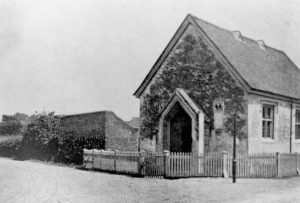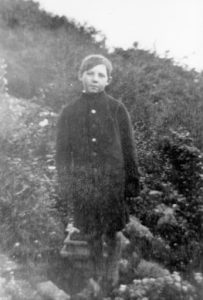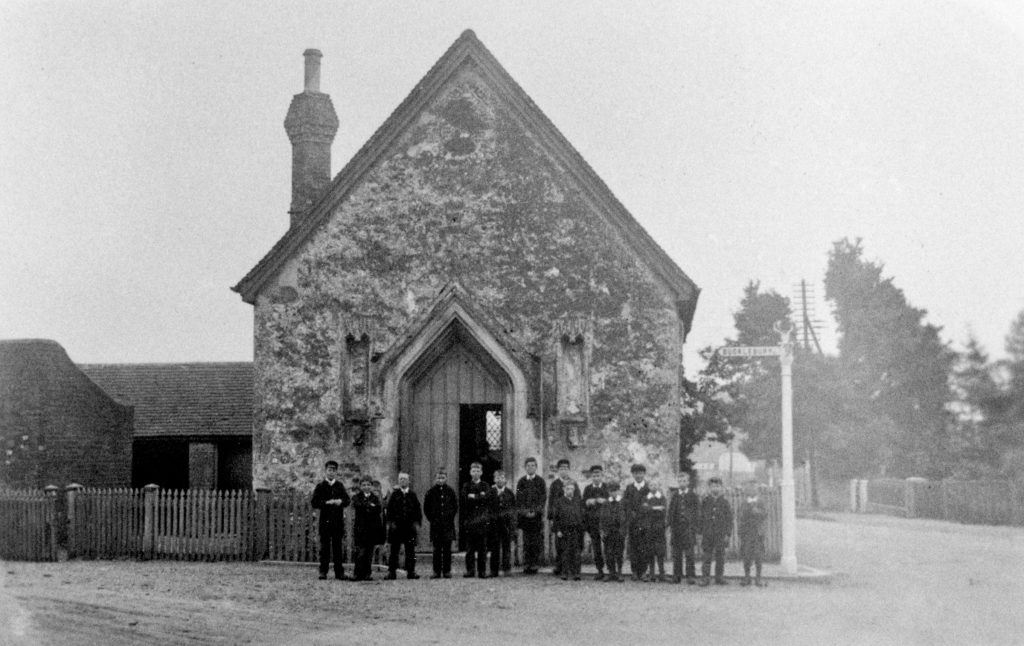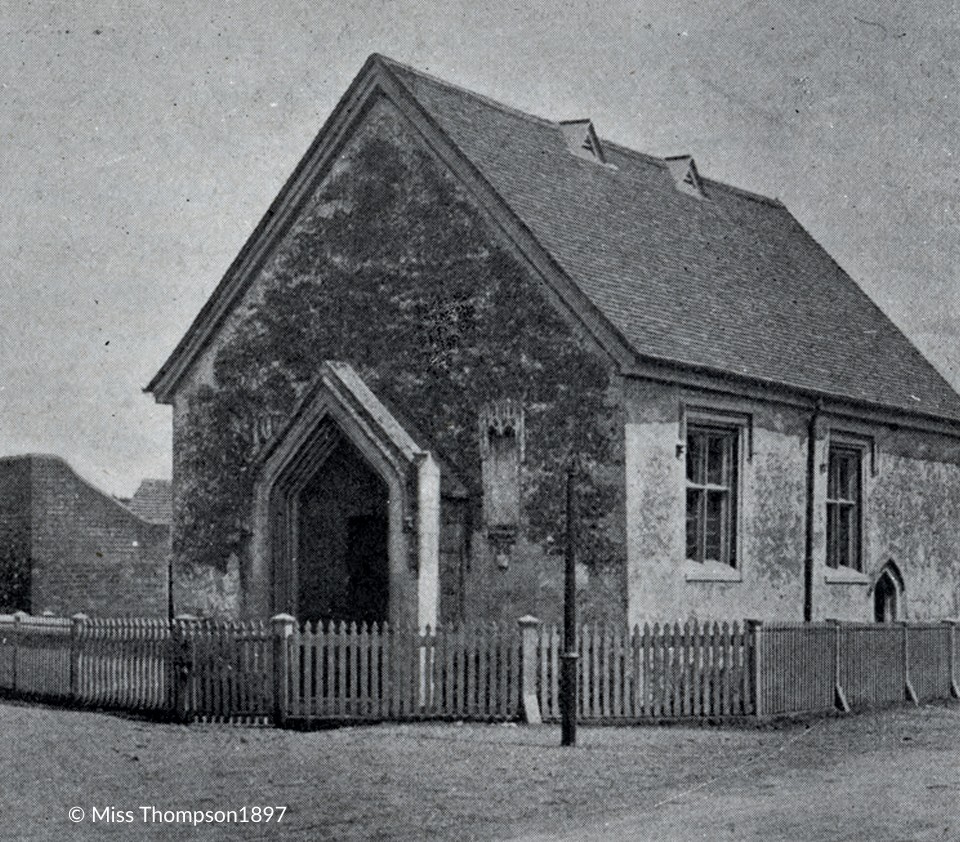
Lady Frances Winchcombe of Bucklebury (1641-1707) purchased the decayed Chapel in 1707 to convert it into a school for “thirty poor boys born, or whose parents shall inhabit and dwell, within the parishes of Bucklebury, Thatcham and Little Shefford”. The boys were to be educated in “reading, writing and casting accounts so as to qualify them for some honest vocation and calling”.
Lady Frances created an Endowment of £53 p.a. from the rent she received from her land at Manor Farm at Thornhill, Wiltshire. Lady Frances was born into the Howard family of Charlton, Wiltshire, and married Henry Winchcombe in 1657 when they were both 16 years old. Lady Frances’ father became the 3rd Earl of Berkshire in 1679.
Lady Frances died six months after creating her endowment and the establishment of the school ran into legal problems which took 87 years to resolve. The Trustees repeatedly referred themselves to the High Court of Chancery for judicial reviews to establish the unpaid rent due to them and to appoint new Trustees as the existing ones died. The judicial reviews could take up to 20 years to complete due to the inefficiency of the legal system. The Trustees were not negligent or incompetent as is sometimes believed.
The school ran for a “few years” sometime between 1713 and 1724, and ran from 1724-1730 although the schoolmaster could not be paid until 1758 because the High Court controlled the Charity’s money.

The irony is that without the long delay the school could not have survived. The original £53 Endowment was inadequate, but the rent accumulated by 1793 provided an annuity of £204 p.a. which was just enough to cover the school’s costs.
The Bluecoat School fully opened on 24th June 1794. Thirty nine boys were admitted:- 20 from Thatcham and 19 from Bucklebury. Their ages ranged from 6 to 13 years old. Sixteen boys were under 10 years old, including three 6 year olds from Bucklebury. No boys from Little Shefford ever applied to the school because it was too far to travel. The boys typically attended the school from 10 to 14 years old and were described as receiving an Elementary education. They had to be able to read and write as a condition of entry.
Until at least 1833 the Trustees permitted an additional 40 pupils to be educated at a fee of one penny a week payable directly to the schoolmaster, who employed an assistant. The extra boys were taught by the “Madras System”, where older boys taught younger boys. The Charity’s books give no details of the extra pupils because they were not the Charity’s responsibility. Teaching 80 boys in one small room must have been quite challenging.
By the terms of the trust deed she reserved to herself during her life the right to appoint the schoolmaster, and also nominate yearly the three poor boys as apprentices. After her death, upon a vacancy occurring in the office of schoolmaster, the trustees were directed to appoint “a discreet and sober person, being a member of the Church of England as by law established, and of the age of twenty-four years or upwards, who should be well skilled in the English tongue, and capable to instruct and teach youth to read and understand English, to write and cast accounts so as to qualify them for some honest calling,” a not very comprehensive curriculum according to our modern School Board requirements, but well fitted, no doubt, at that time, to carry out Lady Frances Winchcombe’s benevolent intentions.
The Charity Minutes and Accounts books record the Annual Meetings, held in mid-July, when new pupils were admitted, left, or to be offered sponsorship for Apprenticeships were recorded. The Books are mostly a pupil register and little else was recorded. The school appears to have run well.
The Trustees never referred to the school as a “Bluecoat School” and the name only starts to be used in local newspapers from the latter half of the 19th Century. Possibly because it was easier to write than: “Lady Frances Winchcombe’s Charity School”! The title “Bluecoat School” originates from the charity school of Christ’s Hospital, founded in 1522, where the pupils wore blue coats. Although likely, there is no direct evidence, other than in 1906, that the Thatcham boys wore blue coats.

The Trustees provided clothing for the pupils, although it was never called a “uniform”. The clothing consisted of: cap, coat, waistcoat, shirt, leather breeches or trousers, stockings, boots or shoes. The Trustees bought the material and issued it to local tailors, with the girls school making the shirts. The Trustees regularly bought 40 sets of clothes per year, which confirms the number of charity funded boys attending the school.
Funding of Apprentices was a major part of the Charity’s aims that originated from Lady Francis wishes in her 1706 Endowment. Three or four of the dozen leavers each year were offered a one-off grant of £12 for an Apprenticeship but it is not clear how the boys were chosen. The boy’s parents found their son’s prospective Master, and attended a meeting with the Trustees in September to Bind the boy into an Apprenticeship. Not all grants were taken up, but approximately 400 Apprentice Premiums were funded between 1795 and 1912. The Charity books make no further mention of the apprentice once the money had been paid.


